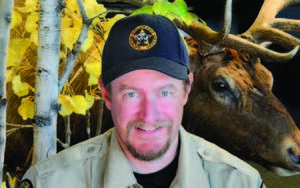Pop Quiz: Whatís the most dangerous animal in North America?The answer, amazingly, is deer!Every year, about 200 people are killed in vehicle collisions with deer across our continent, according to a Centers for Disease Control and Prevention study.†Far more deer die.Itís an important discussion because of all the damage these collisions cause. People get seriously injured and killed. Their vehicles suffer expensive damage. And, at best, the deer limp away with fractured bones, brain damage and other permanent injuries.I receive a call almost every day about an injured deer. Often callers are shocked we donít pick up injured deer and nurse them back to health.†No one rehabs injured adult deer. They just canít tolerate all the stress caused by the handling necessary to put a fractured leg in a cast. Deer are quite vulnerable to ìcapture myopathyî ñ- itís a disease caused by an animalís reaction to abnormal conditions, and includes infection, injury, extreme temperatures or even fear.The sad fact is that we donít have the staff or budget to rehabilitate any wild animals. Rehabilitation of wild animals is a voluntary service provided by fewer and fewer licensed rehabbers statewide.Here are the general guidelines CPW officers follow when we get a call about an injured deer†and the ways we can intervene.
- †We will respond to humanely euthanize the deer if it is immobile and suffering.
- If the deer is still able to get up and walk around and has a lower leg injury, even a bad one, we will only observe and monitor the deer. The deer may need some time to rest and recover (that might be in your yard), but usually a lower leg break will heal on its own. We cannot rehabilitate these deer.
- If the deer starts to go downhill from an infection, we will humanely euthanize it.




